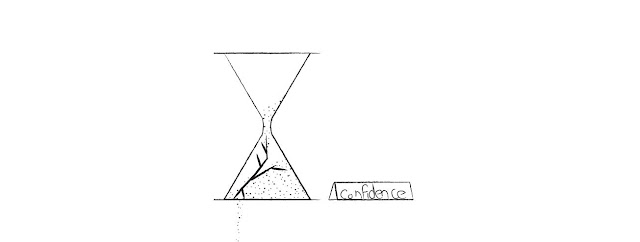Democratising in Design Part I : A Code’s Accessibility, Implications and Precautions
*disclaimer: given that I have only accessed to one article and that there is still a lot of uncertainty of the program, the points here are my own speculations and questions I have for parametric designs as well as future parametric models.
Yesterday, I came across Dezeen’s article on Wallgren Arkitekter and BOX Bygg’s upcoming Grasshopper plugin Finch - a “parametric tool that generates adaptive plans”. Finch essentially is a plugin that, by inputting information about the size of land coupled with building regulations, it will be able to generate a range of generic plans. This is quite exciting for many of us, considering that should we study hard on the standard building codes and restrictions, it will give us time to understand and practice the means to create a habitable design. This is also beneficial in terms of research, given that if we input codes from different generations, we are then able to make immediate comparisons on the evolution of housing designs in accordance to the types of regulations that they have been coded with.
Although the program’s main aim is to provide ‘generic’ types of plans, it can risk the danger of design creativity, otherwise the gentrification of design. In particular, the future of high rises and building developments. Given that architect’s competition with the developers is ever increasing, there is a potential that the use of the constantly spitting out generic plans can provide an illusion for those who are unaware of the specifics and precautions of architecture to believe that the future of architecture is based off on codes. Of course - in knowing the common saying ‘the beauty is in the eye of the beholder’, as design and living in your own personal space is a personal matter, perhaps then it is a matter of further developing a program of similar sorts that would allow the personalisation from the code to become specific and perhaps just what the client wants. Optimistically speaking, I’d like to see that, with the given increase of government crackdown on improved building codes, rights as well as material monitoring and regulation - this is an opportunity for us as designers to be clever and innovative in articulating the code of design, and continue educate others in giving a comfortable and long term environment for the future tenants.
Oh the other hand, I’d like to see the future opportunities parametric programming in modular designs. Especially, seeing that prefabricated housing is becoming more accessible, how will us as architects and designers challenge the prefabricated model besides working for people who would like their independence in aesthetics? Otherwise, what are other ways we can utilise the prefabrication that is beyond the customisation points?
Although there has been a lot of comments opposing Finch, given that we are not given much information on how Finch actually works, nor the type of input method - it would be a matter of time whether the future of architectural design would heavily rely on coding. Seeing that Revit in particular does rely on code (but well disguised), and the rise of CityEngine, and with Python already being interwoven in a lot of industries that is beyond the design realm, it wouldn’t hurt to observe the future of coding. Given that technology is now is the common crutch many industries rely on to achieve the objective, perhaps the future of designing architectural spaces would come down to logging in different kinds of algorithms, connecting different commands and plugins. Should this become the eventual future of design (which may not happen), then what is the next niche in design that is beyond the commands?
There’s still a lot of excitement, opposition and uncertainty with Finch and other future parametric models. However, I’d like to see whether these models would later be implicated on other social issues, whether it’d be generating a space for the homeless, short-term rental and multi-residential living. Otherwise, I’d like to hope that this would be a helpful tool for our profession, and not be a ‘demise’ to our future.
Still, I’d like to see how will the program feel if they were challenged to create something that has been commanded to leave a kitchen space out…
A response to
- Parametric tool Finch can generate floor plans - Dezeen, Tom Ravenscroft, 27 June, 2019
- “Comment update: “Killing the job of a designer” - Dezeen, Karen Anderson. 2 July, 2019
- “Chapter 2 - Democratising Design: The Rise of Mass Customisation” - Imagine, SPACE10, 28 June 2017





Comments
Post a Comment